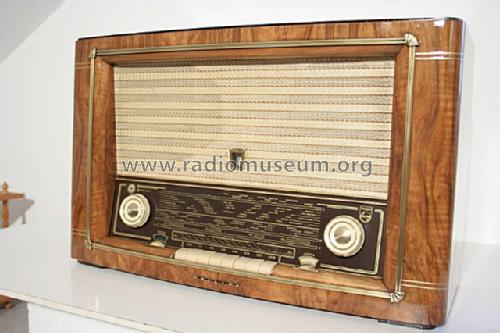tyella
Super Member
3D printers are cool, and I recently picked one up for not much cash. There are likely many others here on AK with these cool tools and, given how the price of entry has come down, many more that will be getting one soon.
Let's have a 3D printing thread where folks can share the audio-related things they're making.
I'll get the ball rolling:
Here's a 4 position switch faceplate. It is intended to indicate which position a selector is at. I've put together a few TPA3116 amps, some with these switches to click between a CD player, aux, or Bluetooth and needed a way to know which input was selected.
https://www.thingiverse.com/thing:3419804

Here is my attempt at a Rectilinear badge, painted with some gold acrylic.
https://www.thingiverse.com/thing:3379468

I'm also working on a couple of other TPA3116 parts, but they're definitely not ready for prime time yet.
Anyone got anything to share?
Let's have a 3D printing thread where folks can share the audio-related things they're making.
I'll get the ball rolling:
Here's a 4 position switch faceplate. It is intended to indicate which position a selector is at. I've put together a few TPA3116 amps, some with these switches to click between a CD player, aux, or Bluetooth and needed a way to know which input was selected.
https://www.thingiverse.com/thing:3419804

Here is my attempt at a Rectilinear badge, painted with some gold acrylic.
https://www.thingiverse.com/thing:3379468

I'm also working on a couple of other TPA3116 parts, but they're definitely not ready for prime time yet.
Anyone got anything to share?






